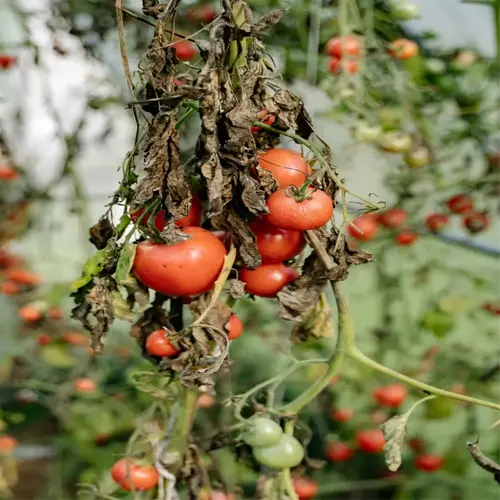What fertilizer is best for turnips?

Written by
Michael Sullivan
Reviewed by
Prof. Charles Hartman, Ph.D.If you want to develop turnips with great roots you will want to opt for low-nitrogen fertilizers such as 5-10-10 NPK as opposed to higher nitrogen fertilizers that, while they feed the leafy tops of the turnip, will reduce the root yield. As I prepare for planting, I usually apply compost tea and switch to bone meal for the bulking phase to boost phosphorus levels in the soil.
Organic Options
- Compost tea: Mix 1 part compost to 5 parts water. Apply at planting
- Bone meal: 1 tbsp per plant for phosphorus. Work into soil pre-planting
- Fish emulsion: Dilute 1:4. Use every 3 weeks for greens
Synthetic Choices
- 5-10-10 granules: Apply 1 cup per 10 sq ft. Water deeply after
- Slow-release pellets: Reduce leaching in sandy soils. Apply once
- Avoid 10-10-10 blends, excess nitrogen harms root formation
Use fertilizer 3 weeks after germination, when it appears that root swelling has occurred. You want to side-dress along the row, but make sure the granules are kept 2 inches away from the stems. I would say to test your soil every year since too much phosphorus can block important micronutrient uptake. With my dirt being clay, I simply skip a bone meal and switch to rock phosphate to produce a more balanced growth pattern.
Excessively fertilizer-treated turnips display symptoms of burned leaf edges and cracked roots. Upon the occurrence of nitrogen burns, flush the soil with water. For container plants, use one-half of the recommended rate. In any case of fertilizing, pair with a regular watering schedule of 1 inch per week to prevent salt accumulation. Always harvest greens first, as this allows the plant to repurpose energy to grow roots.
Read the full article: How to Grow Turnips: A Step-by-Step Planting Guide

